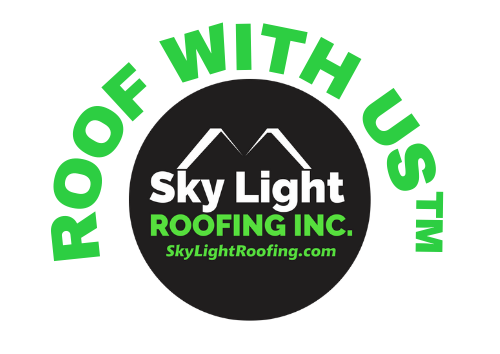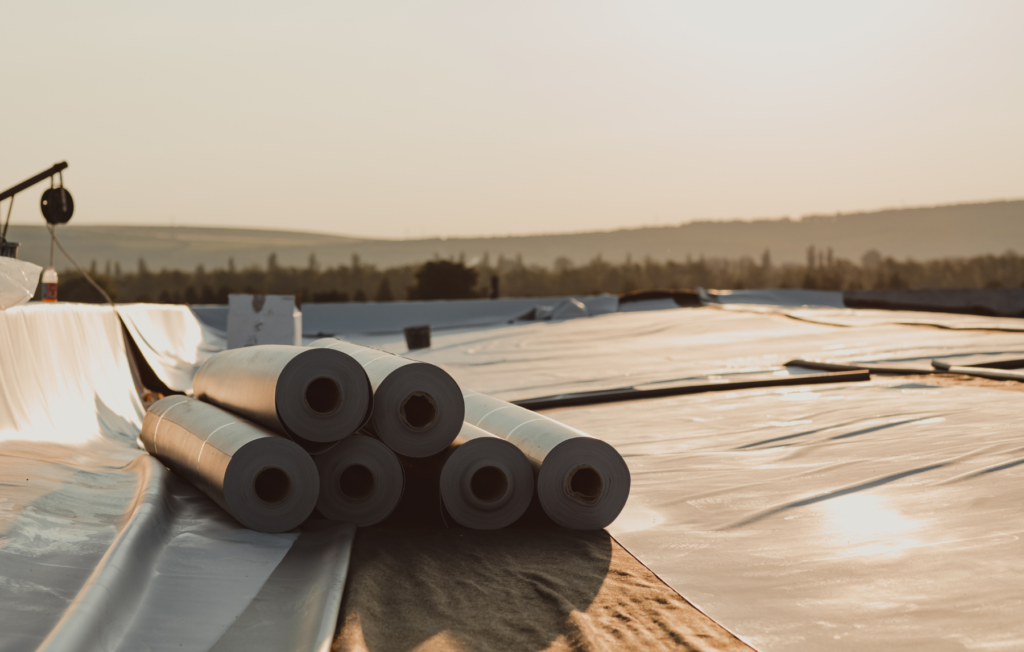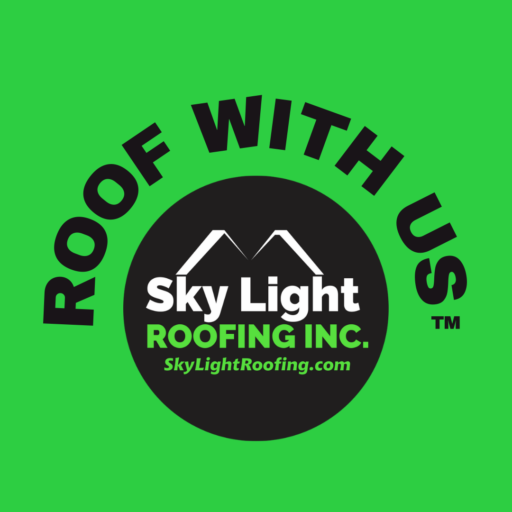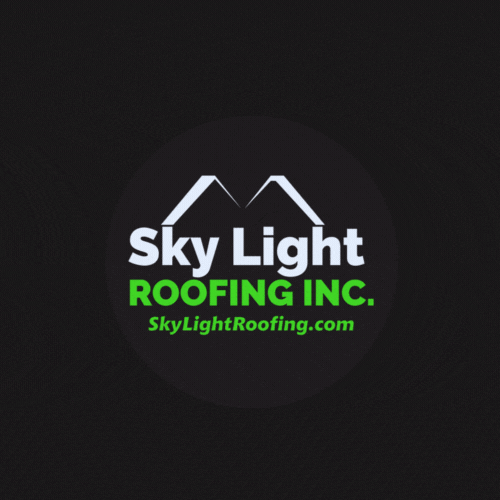7 Essential Factors to Consider: When is a Rubber Roof the Perfect Solution and When to Avoid It
Let’s explore together, the intricacies of rubber roofing and learn how to make the most informed decision for your home or business in Central Florida. With its growing popularity among property owners, rubber roofing has become a sought-after choice for those seeking durability, flexibility, and energy efficiency. In this comprehensive article, we’ll look at the world of rubber roofs in more detail, discuss their numerous benefits and potential drawbacks, and explore the situations when it’s best to consider them for your property.
What is a Rubber Roof?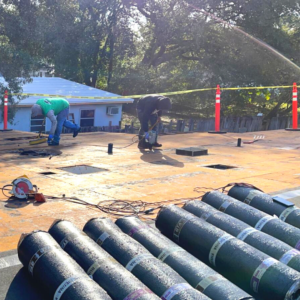
A rubber roof is a type of roofing material made from synthetic rubber, specifically organic chemical compounds produced from petroleum and natural gas. It’s designed to provide a long-lasting, low-maintenance solution for various types of buildings, including residential, commercial, and industrial properties. Rubber roofing is known for its flexibility, weather resistance, and durability.
Types of Rubber Roofing Materials
Before looking at the specific types, it’s important to note that rubber roofs are available in a variety of forms to cater to different roofing needs and preferences. With that in mind, there are two main forms of rubber roofs:
Whole-roof membranes:
These are large sheets of rubber that are installed as a single piece, covering the entire roof. They are typically used on flat or low-sloped roofs, where water runoff can be an issue. Whole-roof membranes are known for their excellent waterproofing capabilities.
Rubber shingles:
These are smaller, individual shingles made of rubber that can be installed on various types of roofs, including steep-sloped roofs. Rubber shingles are designed to mimic the appearance of traditional roofing materials, such as asphalt or wood shingles while offering the benefits of rubber roofing.
So far, we have explored the basics of rubber roofing and its various types. It’s crucial to dig deeper into the factors that can influence the effectiveness and suitability of this material for your commercial or residential roofing project. Like any other roofing material, rubber roofs may not be suitable for every situation. To help you make an informed decision, we’ve identified seven essential factors that play a crucial role in determining whether a rubber roof is a perfect solution for your specific needs.
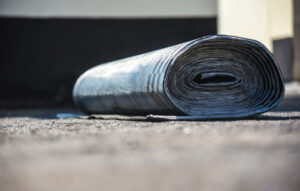 1 Durability and Flexibility
1 Durability and Flexibility
Picture this: Florida’s blazing sun relentlessly beating down on your property, yet your roof remains unyielding in the face of adversity. This remarkable resilience is attributed to the rubber roofing material, a true champion in durability and flexibility. The secret combination lies in its unique ability to withstand the region’s extreme temperature fluctuations while expanding and contracting gracefully without compromising its integrity.
However, Let’s not get too carried away by this rubbery marvel just yet. It’s essential to weigh the pros and cons, as not every property in Orlando and its surrounding areas in Florida will benefit from a rubber roof. In situations where sharp objects or debris are abundant, the risk of punctures and damage could negate the advantages of its durability and flexibility. So, before you crown rubber roofing the king of Florida’s roofing scene, take a moment to assess your property’s specific needs and challenges and make an informed decision that will truly stand the test of time.
2 Energy Efficiency
Think about the burning sun as both a formidable foe and a hidden ally. Rubber roofs, with their energy efficiency prowess, can transform the relentless heat into an opportunity to cut down on energy bills. This superhero of roofing materials reflects sunlight and insulates your property, maintaining a comfortable indoor temperature without overburdening your air conditioning system. Consequently, property owners can save some serious green while going green.
Yet, rubber roof’s energy efficiency superpowers may be dampened if your property has limited exposure to sunlight, for example, if there is shading from trees or neighboring buildings. In these cases, its energy-saving potential could be diminished, making other roofing materials potentially more appropriate. As you continue on your roofing adventure, as we have already mentioned, every property is unique, and the key to unlocking energy efficiency lies in selecting the perfect match tailored to your specific environment.
3 Low Maintenance
Make sure your weekends are spent relaxing poolside, enjoying the Florida sun, rather than laboring over your roof. choosing a rubber roof could make this ideal scenario a reality, as its low-maintenance nature allows property owners to reclaim precious time once lost to the drudgery of constant upkeep. This roofing material’s resistance to the elements and minimal cleaning requirements make it a dream come true for the busy homeowner.
On the other hand, one must tread carefully, as the low-maintenance allure of rubber roofing may not extend to every property. If your roof experiences frequent foot traffic, say from rooftop patios or HVAC maintenance, the risk of damage and subsequent repairs may override the low-maintenance advantage. As you consider your roofing options, remember that an ideal, hassle-free roof depends on selecting the material best suited to the unique needs of your commercial or residential property.
4 Susceptibility to Punctures
Imagine yourself as the proud owner of a rubber roof, only to find it vulnerable to the Achilles’ heel of punctures. While rubber roofing can boast many impressive attributes, its susceptibility to punctures can sometimes be its undoing. For property owners who live in areas with an abundance of sharp debris or wildlife activity, rubber roofs may not be the most suitable option.
On the flip side, if your property is relatively free of such hazards and you can implement preventative measures like regular debris removal, rubber roofing can still prove to be a reliable choice. Once again, the key is to evaluate your specific situation, taking into account the potential risks and challenges, before making a decision that ensures the longevity and durability of your roof. In doing so, you can confidently embrace the benefits of rubber roofing without falling prey to its weaknesses.
5 Potential for Shrinking or Cracking
In the context of roofing, imagine a world where your rubber roof expertly withstands the passage of time, effectively resisting the damaging effects of shrinking or cracking, ensuring long-lasting performance and durability. Though it may sound unrealistic, the truth is that this type of roof can indeed offer such longevity, provided the right conditions are met. Central Florida’s varying temperatures may seem like a challenge, but with skillful installation and routine assessments, rubber roofs stand strong as a reliable choice due to their impressive resilience and lasting performance.
On the contrary, if your property is subject to extreme weather conditions or rapid temperature changes, the risk of shrinking or cracking may be heightened. It’s essential to carefully assess your property’s location and context before opting for this type of roof. By taking a proactive approach, you can enjoy the many benefits of this versatile material while minimizing the risk of potential pitfalls.
6 Environmental Impact
Think about the realm of eco-consciousness, where rubber roofs emerge as green champions, offering both durability and an environmentally friendly option for Central Florida property owners. Crafted from recycled materials, these types of roofs embody the spirit of sustainability and resource conservation. Their energy-efficient nature further bolsters their eco-friendly reputation, reducing your property’s carbon footprint.
It’s also vital to recognize that rubber roofs’ environmental impact varies depending on the specific products and their manufacturing processes. There have been concerns regarding rubber roofs containing chemical additives or releasing pollutants over time. it’s essential to note that the rubber roofing industry has made significant strides in addressing these concerns. Many manufacturers now produce EPDM roofing materials with fewer or no harmful additives and have improved installation techniques to reduce any volatile organic compounds – VOC emissions. When selecting a rubber roof, it’s crucial to choose products from reputable manufacturers and consult with knowledgeable roofing professionals to ensure that you’re getting an environmentally friendly and high-quality option.
7 Noise Reduction
Discover the peaceful conditons created by a rubber roof’s noise-reducing capabilities, effectively muffling the noise of the external environment and enhancing your indoor comfort. Central Florida property owners can appreciate a serene indoor setting, as rubber roofing’s natural sound-dampening properties help keep unwanted noise at bay. This material proves to be a perfect solution for those seeking peace amongst bustling neighborhoods or noisy surroundings.
Now, if your property is already sheltered from external noise sources or additional soundproofing measures have been implemented, the noise reduction benefits of a rubber roof may not provide a significant advantage. In these cases, other roofing materials with different strengths may be more suitable. As you continue to explore your roofing options, again, consider the unique requirements of your property and let the soothing sound of silence guide you toward the ideal choice.
Last but not least, as you consider the overall cost and affordability of various roofing materials, consider the fact that rubber roofing can be a cost-effective solution depending on factors such as installation, long-term maintenance, and energy efficiency. While the initial expense may be similar to alternatives like asphalt shingles, the longer lifespan and minimal maintenance requirements of rubber roofs result in savings over time. Additionally, the energy efficiency of rubber roofing leads to reduced heating and cooling expenses. Be sure to compare costs and take into account installation, maintenance, and energy efficiency when making your decision.
As our exploration of rubber roofs and their diverse benefits comes to a close, it’s crucial to remember that knowledge is power. Continued research is vital, but don’t embark on this journey alone. Reach out to the seasoned professionals at Skylight Roofing, who bring expertise, exceptional customer service, and unparalleled dedication to every project. Let us help you navigate the process of selecting the perfect roofing solution for your Central Florida property. Remember to “Roof With Us” and embark on a journey towards finding the ideal fit for your construction project, with durable, reliable, and sustainable roofing solutions.
